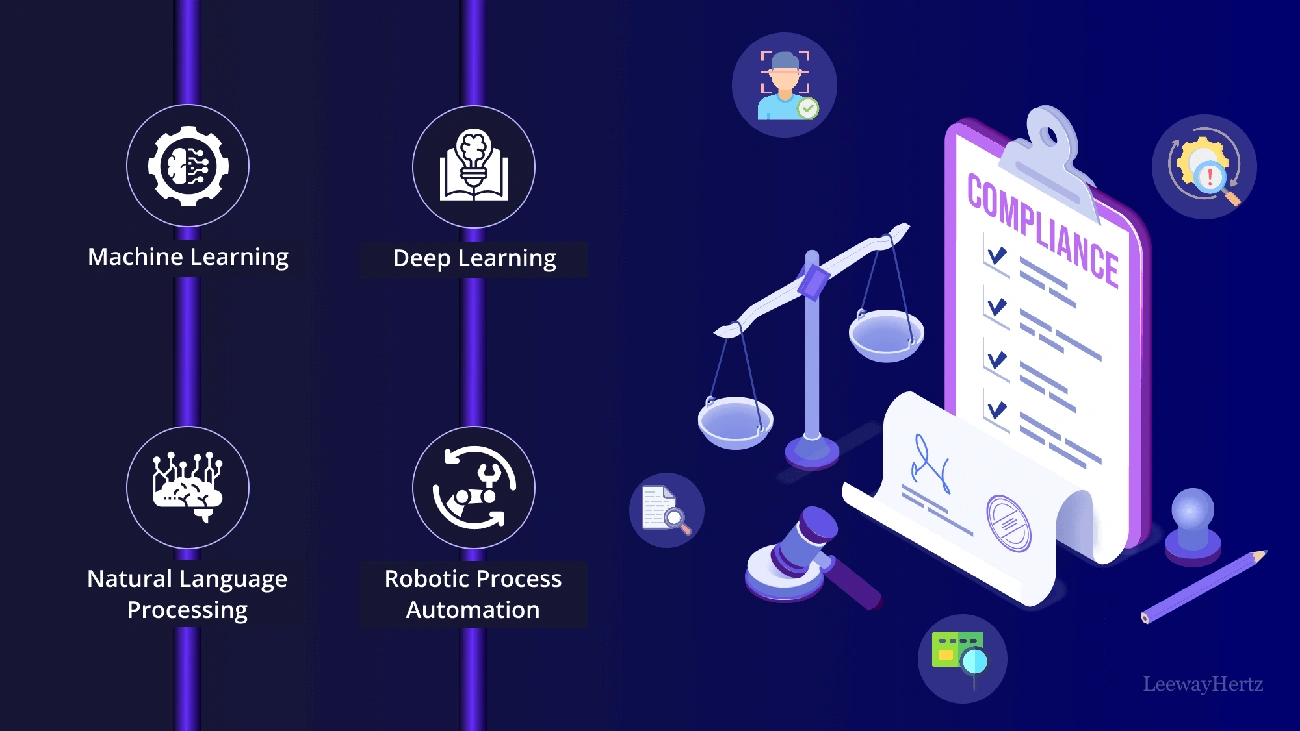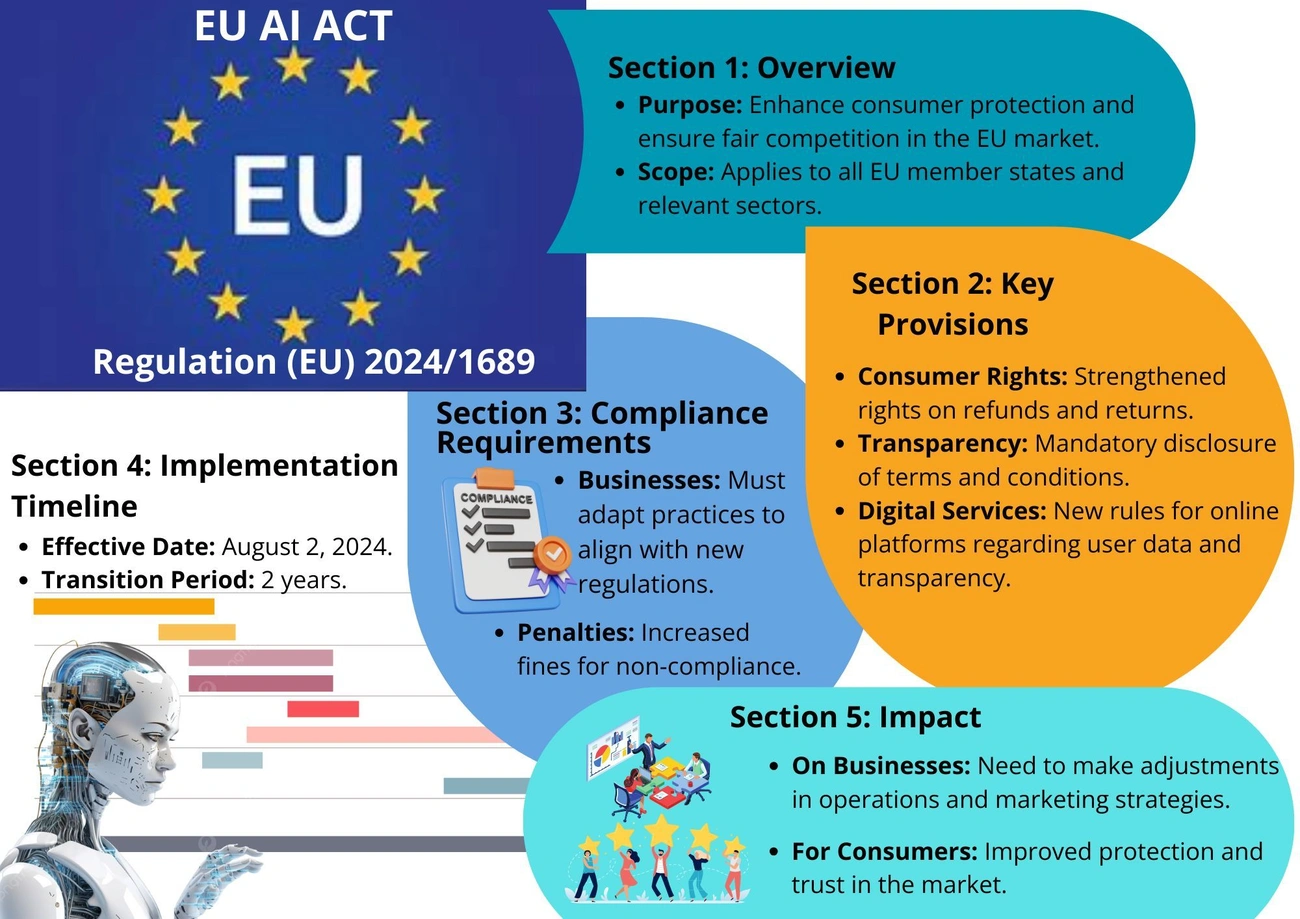
Financial institutions struggle with outdated error detection methods that can’t keep pace with today’s complex operations. Are you wondering how your finance team can possibly stay compliant when UK regulators issue an average of 922 updates every month? This overwhelming volume makes it nearly impossible for human teams to track compliance effectively without technological help.
Financial reporting continues to be one of the most time-consuming and error-prone tasks for finance departments. Instead of relying on these slow and often inaccurate traditional approaches, companies are turning to AI in financial services to autonomously spot reporting discrepancies and fix exceptions with minimal human input. AI financial solutions can track tax law changes, process financial data, and ensure compliance in real time, which significantly cuts down human errors in financial documentation.
The price of keeping outdated systems is high. Traditional error detection methods often lead to costly mistakes, like missing regulatory compliance deadlines that may result in fines of up to £1,000. More businesses are combining AI in financial services with their operations as they need to process huge datasets and identify patterns efficiently. This reduces time spent on manual error checking and creates more streamlined financial operations. Let’s dive in to see how AI is changing financial error detection for the better.
Why Traditional Error Detection Methods Are No Longer Enough
Traditional financial error detection methods simply can’t keep up with growing transaction volumes and complex regulations. Yet many companies still depend on these outdated approaches, putting their accuracy and efficiency at risk.
Manual Reconciliation Delays in Financial Close
Balance sheet reconciliations eat up massive amounts of time in finance departments. About 95% of businesses still use spreadsheets for reconciliation processes. These manual methods create major bottlenecks, with finance professionals wasting 30-40% of their time just on transaction matching and validation. The results aren’t pretty—manual reconciliations have error rates between 0.8% and 1.8%. This might sound small, but for companies handling 100,000 transactions daily, we’re talking about 800-1,800 errors every single day. These errors quickly snowball into compliance violations and financial misstatements.
Static Rule-Based Systems and Their Limitations
Rule-based systems form the backbone of many financial controls, but they come with serious drawbacks:
- They generate tons of false positives that overwhelm compliance teams
- They’re too rigid to adapt to new money laundering techniques
- As threats grow, rules multiply exponentially, creating unmanageable complexity
Rule-based systems can only spot known patterns of financial crime, making them practically useless against new or unknown threats. Despite how widely they’re used, these systems remain inflexible and hard to scale—changing existing rules often leads to expensive complications.
High Error Rates in Journal Entry and Compliance Checks
Journal entries are particularly vulnerable in financial controls. Financial statement fraud happens in about 1% of digital transactions, but traditional detection methods struggle to catch these instances. Employees can post many smaller entries to different departmental ledgers to bypass approval processes. Human judgment has its place, but manually reviewing general ledgers just doesn’t work given their size and complexity. This mainly happens because manual processes are reactive instead of preventive—they only find errors after they’ve already occurred.
The digitisation of the global economy has opened up countless opportunities for financial deception, while traditional detection methods simply can’t keep pace with these evolving challenges.
How AI Agents Redefine Error Detection in Finance

Modern financial operations have simply outgrown what traditional error detection systems can handle. AI agents offer a much smarter approach to spotting financial discrepancies that manual methods just can’t match.
Context-Aware Anomaly Detection in Real-Time
Have you noticed how many financial fraud cases slip through traditional detection systems? That’s because AI systems in finance now work with true contextual understanding, analyzing transactions within their specific operational environment instead of checking against generic rules. These systems combine supervised learning (trained on known fraud patterns) with unsupervised anomaly detection to catch both familiar and previously unknown threats. AI-powered financial fraud detection tools can process massive transaction volumes instantly, flagging suspicious activities before human agents even notice new threat patterns.
Context-aware AI really shines when detecting unusual patterns in real-time data streams. Research shows these systems can identify direct anomalies and create pattern recognition that gives deeper insights into potential risk areas before they grow into bigger problems. They don’t just fix current errors but also predict future ones, which helps with better risk management.
Autonomous Data Validation Across Ledgers
AI agents now validate data across multiple ledgers at the same time—something that was impossible with manual methods. These systems analyze financial information across different sources and spot inconsistencies between records that would otherwise take hours of human reconciliation.
This validation goes far beyond simple rule-checking. Advanced AI solutions like ThetaRay give holistic risk perspectives by examining connected patterns of activity across the financial ecosystem. You should consider this capability if you want to ensure trust in both domestic and cross-border financial transactions.
Learning from Historical Patterns to Reduce False Positives
What makes AI systems particularly valuable is how they continuously learn from investigation outcomes to improve accuracy. Studies show that predictive scoring techniques can cut alert volumes by up to 40% while maintaining 100% accuracy in correct alert identification. This is a huge improvement over traditional monitoring systems that generate up to 95% false positives.
AI achieves this impressive performance by:
- Creating detailed customer segments based on behavior patterns
- Consistently adjusting detection thresholds
- Using machine learning to focus on truly high-risk alerts
You should examine how these capabilities might fit into your current financial processes to dramatically reduce false positives and increase detection accuracy.
Visit avkalan.ai to explore our cutting-edge solutions and get in touch with our team to learn how we can help you stay ahead in the AI revolution.
Key Use Cases of AI in Financial Error Prevention

Financial companies are now using AI for specific error prevention needs. These targeted solutions bring real, measurable improvements to core financial processes that were previously bogged down by manual methods.
AI-Driven Journal Entry Automation in ERP Systems
AI integration with Enterprise Resource Planning systems is changing how journal entries are managed by removing manual work. These smart systems handle all kinds of financial transactions including vendor postings, company-to-company allocations, error fixes, and tax entries. The results speak for themselves—companies using AI-driven journal automation see labour cost reductions exceeding 70%.
Unlike old methods, these intelligent systems prepare recurring entries on their own, route them to the right people for approval, and keep detailed audit trails. Modern solutions like Adra Journal Entry fix the disconnect problem by letting entries be created in one unified platform and then posted to the ERP through API connections.
Account Reconciliation with Self-Correcting Agents
AI agents are making huge improvements in account reconciliation through their ability to work on their own. Traditional automation usually handles only about 60% of reconciliation tasks, but AI agents can make reconciliations 85% faster with 95% fewer errors.
These systems can fix problems without human help—for example, when a customer pays multiple invoices with one payment but your company has them registered as separate invoices. What makes these agents special is they get better through watching and learning—they observe how your finance team solves problems and then apply those same patterns automatically in future work.
Real-Time Compliance Monitoring and Alerting
Did you know that over 60% of compliance failures happen because of delayed monitoring and manual processes? Real-time AI monitoring creates instant alerts when compliance issues pop up, so you can fix problems before they grow.
This approach really shines in Anti-Money Laundering efforts, where AI systems check about 1.35 billion transactions every month across 40 million accounts. These systems cut processing time from weeks to just days while making detection more accurate. They also create clear audit trails of all compliance actions, making everyone in your organization more accountable.
Narrative Generation for Financial Disclosures
AI now helps create the written parts of financial disclosures, spotting problems that might otherwise be missed. These systems look through unstructured data to find hidden patterns, write explanations for reports, and offer forward-looking insights based on number analysis.
You can use this for creating Suspicious Activity Reports, BSA Annual Risk Assessments, and stress-testing reports that need management commentary. The technology finds potential issues before they become audit problems, cutting down adjustments by about 60%.
Hopefully, this overview gives you a clear picture of how AI is fixing specific finance problems that traditional methods simply can’t handle effectively.
Governance, Oversight, and Integration Challenges
Financial businesses wanting to use AI systems face important governance hurdles that need careful handling. You should balance innovation with proper risk management when using AI in financial services. Here’s what you need to know about the key challenges.
Human-in-the-Loop for High-Risk Decisions
The ‘human-in-the-loop’ (HITL) approach remains vital for AI oversight, but implementing it correctly isn’t straightforward. Studies show that 84% of firms have someone accountable for their AI framework, though this responsibility often spreads across multiple roles. You should carefully decide which processes actually need human oversight—not all AI operations require it, and sometimes, human involvement might actually add more errors than it prevents.
For financial decisions with serious consequences, you need to match human expertise with your specific oversight goals, whether you’re focused on transparency, accuracy, or regulatory compliance. It’s worth noting that only 2% of AI use cases in financial services run completely without human input.
Data Governance and Auditability Requirements
Data governance creates significant challenges when implementing AI systems in finance. Among surveyed companies, only 34% report fully understanding their AI technologies, with this number dropping even lower for third-party models. Effective AI governance needs to cover:
- Data privacy and security (only 19% use AI-specific practices)
- Data architecture and infrastructure (just 16% use AI-specific protocols)
Auditability is essential since regulators expect financial institutions to maintain clear audit trails throughout the AI lifecycle—from initial design decisions through final deployment. Your organization must set up systems to track where data comes from, how it’s used, and how it complies with regulations.
ERP Integration and Data Quality Dependencies
Connecting AI systems with existing Enterprise Resource Planning infrastructure creates major technical challenges. The quality of your data directly affects how well AI tools work—they need clean, consistent information, preferably in a single database. Many organizations also lack people with specialized knowledge in data science and machine learning needed for successful integration.
You should invest in training your team while building strong data governance protocols that include encryption, secure access controls, and regular audits. The integration of human efforts and AI system operations ensures more reliability and builds trust across your financial processes.
The Bottomline
Traditional error detection methods have reached their limits in today’s complex financial world. Financial companies using manual reconciliation, rule-based systems, and outdated compliance checks face major problems – high error rates, too many false positives, and serious regulatory risks.
AI isn’t just a nice upgrade – it’s now essential for financial error detection. The shift from finding errors after they happen to preventing them completely changes how financial institutions handle risk. Companies using AI-driven solutions see amazing results – labour cost reductions exceeding 70% with journal entry automation, 85% faster reconciliations with self-correcting agents, and much fewer compliance failures through real-time monitoring.
But successful AI implementation needs careful planning. Human oversight stays important for big financial decisions, while good data governance ensures accuracy and auditability. Your company must also fix ERP integration issues and maintain high data quality standards to get the most from AI tools.
The financial industry is at a turning point. Those sticking with old error detection methods will fall behind competitors using AI-powered solutions. Visit avkalan.ai to see our solutions and talk with our team about how we can help you stay ahead in the AI field.
Hopefully, this has helped you understand why financial institutions need to evaluate their current error detection capabilities against these new technologies. The question isn’t whether to adopt AI for financial error detection, but how quickly your organization can implement these solutions to reduce risk, ensure compliance, and keep your competitive edge in today’s complex financial environment.
Ready to upgrade your error detection capabilities?
Book a call with our team to discover how our AI-driven solutions can transform your financial operations.
Connect with us at avkalan.ai to build a smarter, safer, and more efficient financial ecosystem.
FAQs
AI enhances error detection by providing context-aware anomaly detection in real-time, autonomous data validation across ledgers, and learning from historical patterns to reduce false positives. This allows for more accurate and efficient identification of financial discrepancies compared to traditional methods.
AI-driven solutions offer significant benefits including labour cost reductions of over 70% in journal entry automation, 85% faster account reconciliations with 95% fewer errors, real-time compliance monitoring, and improved narrative generation for financial disclosures.
Organisations face challenges in governance, including balancing human oversight for high-risk decisions, meeting data governance and auditability requirements, and integrating AI systems with existing Enterprise Resource Planning (ERP) infrastructure while maintaining data quality.
AI outperforms traditional methods by processing vast amounts of data in real-time, adapting to new threats, and significantly reducing false positives. Traditional methods like manual reconciliation and static rule-based systems are often slow, prone to errors, and struggle to keep up with the complexity of modern financial operations.
Human oversight remains crucial, especially for high-risk decisions. The ‘human-in-the-loop’ concept ensures accountability and helps mitigate risks associated with AI decision-making. However, it’s important to carefully define which processes require human intervention to avoid introducing unnecessary errors.
